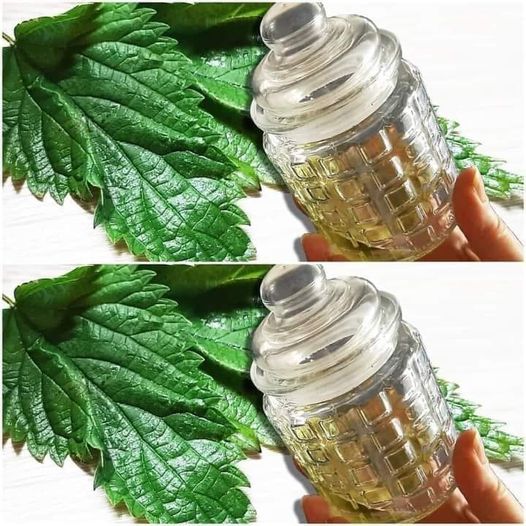Understanding Nettle
Nettle, a plant known for its stinging hairs, has been used for centuries in traditional medicine. Its leaves and roots possess numerous health benefits, including pain relief, anti-inflammatory, and anti-allergic properties. Nettle oil, extracted from the plant, is a potent remedy that can be used topically to alleviate various aches and pains.
Why Make Nettle Oil at Home?
- Natural and Pure: Homemade nettle oil ensures that you know exactly what’s in it, without any artificial additives or preservatives.
- Cost-Effective: Making your own nettle oil is more affordable than buying commercial products.
- Tailored to Your Needs: You can adjust the strength and concentration of the oil to suit your specific needs.
Ingredients:
- Fresh or dried nettle leaves
- Carrier oil (such as olive oil, coconut oil, or almond oil)
Equipment:
- Glass jar with a tight-fitting lid
- Cheesecloth or fine-mesh strainer
- Mortar and pestle (optional)
Instructions:
Method 1: Using Fresh Nettle Leaves
- Harvesting Nettle: Wear gloves to protect your hands from the stinging hairs. Harvest nettle leaves on a dry day, preferably in the morning.
- Preparing the Nettle: Wash the nettle leaves thoroughly to remove any dirt or insects. If using fresh leaves, you can either chop them finely or use a mortar and pestle to crush them.
- Infusing the Oil: Fill a clean glass jar with the prepared nettle leaves. Pour the carrier oil over the leaves, ensuring they are completely submerged. Seal the jar tightly.
- Infusion Period: Place the jar in a warm, dark place for 2-4 weeks. Shake the jar daily to ensure even infusion.
- Straining: Strain the infused oil through a cheesecloth or fine-mesh strainer into a clean container. Discard the plant material.
- Storing the Oil: Store the nettle oil in a cool, dark place. It can be used for up to a year.
Method 2: Using Dried Nettle Leaves
- Prepare the Nettle Leaves: Dry the nettle leaves thoroughly in a dehydrator or by spreading them out on a clean surface in a warm, dry place.
- Infusing the Oil: Follow the same steps as for fresh nettle leaves, using the dried leaves instead.
How to Use Nettle Oil:
- Topical Application: Apply a small amount of nettle oil directly to the affected area and massage gently.
- Bath Additive: Add a few drops of nettle oil to your bathwater for a soothing and relaxing soak.
- Hair Oil: Massage nettle oil into your scalp to promote hair growth and reduce hair loss.
Important Considerations:
- Patch Test: Before using nettle oil, perform a patch test on a small area of skin to check for any allergic reactions.
- Avoid Direct Skin Contact with Fresh Nettle: Always wear gloves when handling fresh nettle leaves to prevent skin irritation.
- Consult a Healthcare Professional: If you have any underlying health conditions or are pregnant or breastfeeding, consult with a healthcare professional before using 1 nettle oil.
By following these steps, you can create your own potent nettle oil and harness its natural healing properties. Remember to use nettle oil responsibly and consult with a healthcare professional if you have any concerns.
